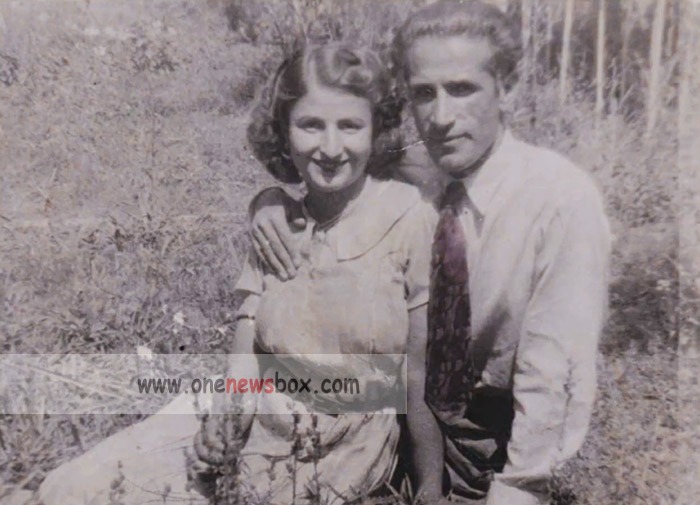In the vibrant world of early twentieth-century Iran, when art, culture, and identity were interwoven with the complex threads of social transformation, a young man from Hamedan emerged as one of the most distinctive voices in Iranian poetry and music. Abdollah Taleh Hamedani, born in the early 1910s, grew to become not only a poet and composer but also a bridge between Iran’s Jewish minority and its broader cultural identity. His artistic journey was defined by humility, devotion, and an unshakeable faith in the human spirit—a spirit that transcended religion, geography, and social boundaries.
The Dawn of a Young Artist
In 1933, at the tender age of eighteen, Taleh composed his first significant musical work titled Bad Khazan (“Autumn Wind”) on the Abu Ata mode, one of the evocative branches of the Persian dastgah system. The composition was not merely an exercise in melody—it was an expression of youth’s melancholy and a poetic meditation on the passage of time. This early achievement became a turning point, paving the way for his encounter with the legendary Iranian master and songwriter Arif Qazvini, whose influence profoundly shaped Taleh’s artistic and philosophical outlook.

